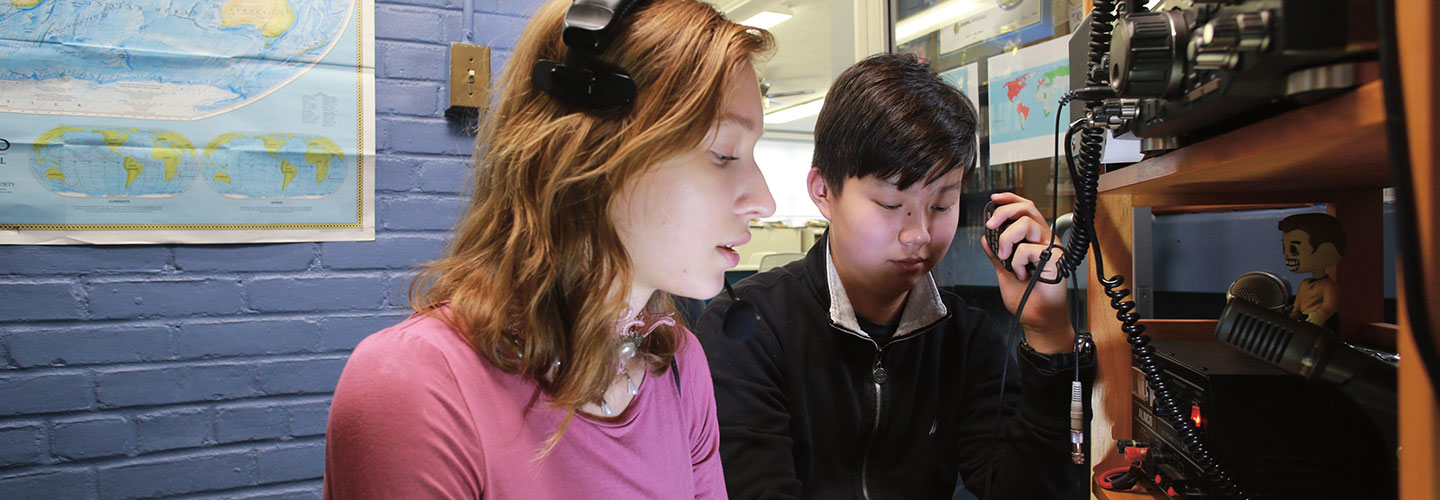After Hurricane Maria hit Puerto Rico in September 2017, the entire island lost power. Family and friends in the U.S. couldn’t contact their loved ones in Puerto Rico using phone calls, texts, or emails.
That’s when John Hale got an idea. He’s a science teacher at Garden School in Queens in New York City and the faculty sponsor for K2GSG, the school’s amateur radio club station. Amateur radio operators bounce radio signals from tower to tower to communicate with one another as opposed to professional radio stations you can tune in to.
Hale taught the club to send radiograms to Puerto Rico using the century-old technology. A radiogram is a short message—25 words or less—relayed by amateur radios.
It’s important to Hale that his students perform community service. “Part of amateur radio is helping others,” explains Hale. During disasters, amateur radio operators can be particularly helpful. Radios need very little power to send messages. This makes radios one of the best ways to communicate when the power goes out.
Hurricane Maria hit Puerto Rico in September 2017. The entire island lost power because of the storm. Family and friends worried about their loved ones couldn’t contact them. Because the power was out, phone calls, texts, and emails couldn’t reach the island.
That’s when John Hale got an idea. He’s a science teacher at Garden School in Queens in New York City. He’s also the teacher in charge of the school’s amateur radio club station. It's called K2GSG. Hale taught the club to use their amateur radios to send radiograms to Puerto Rico. A radiogram is a short message relayed by amateur radios. It must be 25 words or less.
Amateur radio operators bounce radio signals from tower to tower to communicate with one another. Professional radio stations only send out radio signals. Anyone can tune into professional stations on their home or car radio.
It’s important to Hale that his students help their community. “Part of amateur radio is helping others,” explains Hale. Amateur radio operators can be very helpful during natural disasters. The century-old technology uses little power. This makes radios one of the best ways to communicate when the power goes out.

